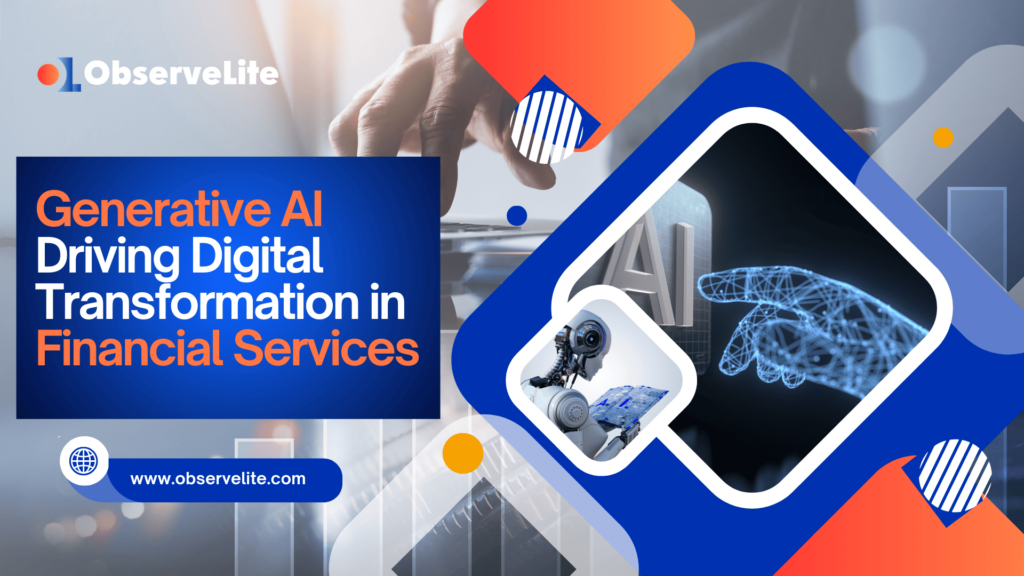Generative AI is not just a technological advancement; it is becoming the backbone of digital transformation in financial services. The adoption of multi-cloud and hybrid-multi-cloud models by financial institutions has created an ecosystem where generative AI can thrive. These cloud architectures provide the scalability, flexibility, and computational power needed to leverage AI at scale, enabling firms to deliver more innovative and customer-focused solutions.
Traditionally, financial institutions relied on on-premise systems that were rigid, expensive to maintain, and slow to adapt to new demands. However, as the industry transitions to multi-cloud and hybrid models, the infrastructure landscape is becoming more dynamic and configurable. These models allow financial institutions to deploy generative AI solutions across multiple environments, ensuring seamless integration, operational resilience, and compliance with diverse regulatory requirements.
Traditionally, financial institutions relied on on-premise systems that were rigid, expensive to maintain, and slow to adapt to new demands. However, as the industry transitions to multi-cloud and hybrid models, the infrastructure landscape is becoming more dynamic and configurable. These models allow financial institutions to deploy generative AI solutions across multiple environments, ensuring seamless integration, operational resilience, and compliance with diverse regulatory requirements.
Composable Architecture: The Key to Agility and Speed
At the heart of this transformation is composable architecture. Unlike traditional monolithic systems, composable architecture enables financial institutions and payment firms to build their technology stack in modular components. These components can be reconfigured, upgraded, or replaced independently, without disrupting the entire system.
This approach aligns perfectly with the capabilities of generative AI. Let’s take the example of a payment firm looking to introduce an instant payment service. In a traditional setup, launching such a service might require months of development, testing, and deployment due to the tightly coupled nature of the legacy infrastructure. Composable architecture, powered by generative AI, shortens this innovation cycle dramatically.
Generative AI can simulate the payment flows, identify potential bottlenecks, and recommend optimizations before deployment. It can also automate the testing process, ensuring that the new feature integrates seamlessly with existing systems. This reduces the time to market from months to weeks, enabling payment firms to stay ahead of competitors and respond quickly to evolving customer needs.
For financial institutions, the shift to SaaS-based composable architectures amplifies this agility. SaaS models eliminate the need for heavy capital investments in infrastructure, replacing them with scalable, subscription-based solutions. This allows institutions to experiment with new technologies and features without the financial risk of large-scale deployments.
Catalysts for Innovation: ISO 20022, CBDC Pilots, and Instant Payments
Several industry-wide initiatives are further accelerating the pace of innovation in payments, with generative AI playing a pivotal role in their implementation.
ISO 20022 Migration
ISO 20022, the global standard for electronic data interchange between financial institutions, is transforming how payment messages are structured. This migration requires financial institutions to adapt their systems to handle richer data formats, which can be a complex and resource-intensive process.
Generative AI simplifies this transition by automating the conversion of legacy message formats to ISO 20022-compliant ones. For example, a bank using generative AI can map existing payment message fields to the new standard, ensuring accuracy and compliance without requiring extensive manual intervention. Additionally, AI can simulate end-to-end payment flows to identify potential issues, allowing institutions to address them proactively.
This automation reduces costs, minimizes the risk of errors, and ensures that institutions can meet regulatory deadlines without disrupting their operations.
Central Bank Digital Currencies (CBDCs)
As central banks around the world experiment with digital currencies, payment firms and financial institutions must prepare to integrate CBDCs into their ecosystems. This involves developing infrastructure for issuing, distributing, and settling CBDC transactions, as well as ensuring compatibility with existing payment systems.
Generative AI can assist in several ways:
- Simulation of CBDC Ecosystems: AI can model the potential impact of CBDCs on monetary policy, liquidity management, and customer behavior, providing valuable insights for decision-making.
- Infrastructure Development: Generative AI can generate and test code for CBDC-related applications, accelerating development timelines and ensuring seamless integration.
By enabling institutions to adapt quickly to CBDC initiatives, generative AI ensures that they remain competitive in a rapidly evolving landscape.
Instant Payment Services
The demand for real-time payments has grown exponentially, driven by customer expectations for speed and convenience. Instant payment systems require robust infrastructure capable of processing transactions in seconds, while ensuring security and compliance.
Generative AI enhances these systems by optimizing transaction workflows, predicting and preventing bottlenecks, and ensuring compliance with regulatory standards. For instance, AI can analyze historical transaction data to identify peak usage times, allowing institutions to allocate resources dynamically and maintain high performance during demand surges.
The Business Impact of Generative AI and Composable Architecture
For payment firms and financial institutions, the adoption of generative AI and composable architecture delivers tangible business benefits:
- Faster Innovation Cycles: Institutions can develop and launch new products and services more quickly, keeping pace with market demands.
- Cost Efficiency: By automating complex processes like compliance, testing, and integration, AI reduces operational costs significantly.
- Enhanced Customer Satisfaction: The ability to offer faster, more reliable, and personalized payment experiences improves customer loyalty and retention.
- Scalability and Flexibility: SaaS-based composable architectures allow institutions to scale their operations up or down based on demand, ensuring optimal resource utilization.
Discover the transformative role of OLGPT in FinTech and FinServ.
Conclusion: Pioneering the Future of Payments
Generative AI, coupled with multi-cloud and hybrid-multi-cloud architectures, is driving a revolution in financial services and payments. By enabling institutions to embrace composable architectures, these technologies provide the agility, scalability, and speed needed to thrive in an increasingly competitive environment.
As ISO 20022 migration, CBDC pilots, and instant payment services continue to reshape the industry, the institutions that harness the power of generative AI will not only meet these challenges but turn them into opportunities for growth and innovation. The future of financial services is being written today, and generative AI is at the heart of the story.


